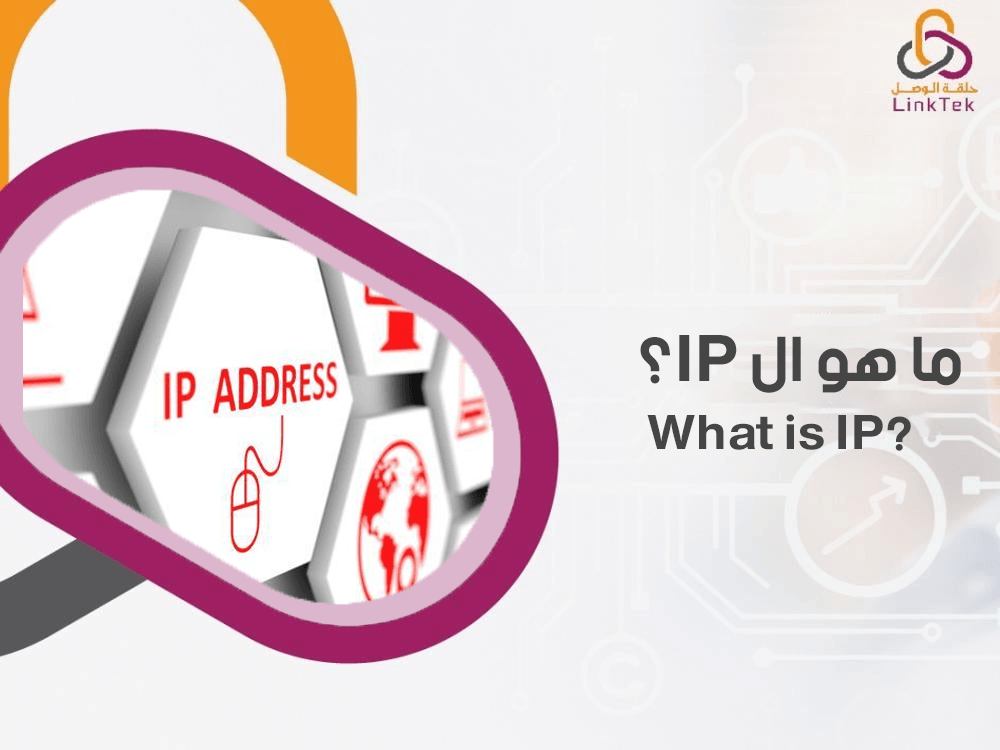
The use of the internet has become crucial for various segments of society, whether for commercial use in offices, companies, factories, or for personal use in homes. This importance highlights the need to understand the different elements of the internet networks to ensure the ability to troubleshoot and resolve various issues. One of these elements is the IP address, which is the focus of this article. Here, we will discuss what an IP address is, its types, the importance of knowing your IP address, and other relevant points about IP addresses.
What is an IP Address?
The first question often asked in this context is, what is an IP address? The answer is that an IP address stands for Internet Protocol, which is a set of numbers unique to different devices on a network. Each IP address is distinctive for every device used on the network, allowing control over the data transmitted across the internet. An IP address consists of a series of numbers separated by dots in this format: 0.0.0.0, where each number in the set ranges between 0 and 255. Each number is assigned to a specific device or website, and these numbers are allocated by the Internet Assigned Number Authority (IANA). Each IP address is assigned to a computer or any other device connected to the network.
What are the Different Types of IP Addresses?
After understanding what an IP address is, the next question that arises is, what are the different types of IP addresses? We provide the answer in the following paragraphs, as IP addresses are divided into two main types: IPv4 and IPv6. Each has its own features and characteristics, which we will detail below:
- IPv4 Addresses: These consist of 4 fields, each of 32 bytes, separated by dots. They are further divided into the following categories:
- Public IP Address: Assigned by the network provider, this address is used to connect to the internet and is unique worldwide.
- Private IP Address: Used only within local networks and cannot be routed on the internet, meaning it cannot be used to connect to the internet.
- IPv6 Addresses: These consist of 128 bytes and 8 fields containing both letters and numbers separated by colons. Zeros within the fields can be omitted and replaced with double colons. IPv6 addresses are categorized as follows:
- Global Unicast Address: A unique global address.
- Link-Local Address: A local link address.
- Unique Local Address: A unique local address.
- Loopback Address: A self-assigned IP address.
Other types include:
- Static IP Addresses: These do not change over time and are used in servers and devices that require a fixed address. These are manually assigned when DHCP is not enabled.
- Dynamic IP Addresses: Assigned by a DHCP server, these addresses can be reassigned if the device is restarted or reconnects to the network.
- Multicast Addresses: Used to send data to a group of devices rather than just one.
What are the Uses of IP Addresses?
After understanding what an IP address is and its types, it becomes clear that IP addresses are extremely important. But what are the uses and significance of IP addresses? This is discussed in the following points:
- Unique Identification: IP addresses provide a unique identity to different devices on a network, making it easy to identify devices on the network using that identity.
- Data Transmission and Routing: Data is transmitted and routed between different websites and devices using IP addresses.
- Network Management: Users manage their networks using IP addresses.
- Communication Between Devices: Communication between various devices on the network also utilizes IP addresses.
Knowing what an IP address is, its types, various uses, and how to obtain it when needed is one of the most crucial pieces of information for interacting over networks. Users should be aware of this to achieve optimal use and management, as well as to protect the network from cyberattacks.

